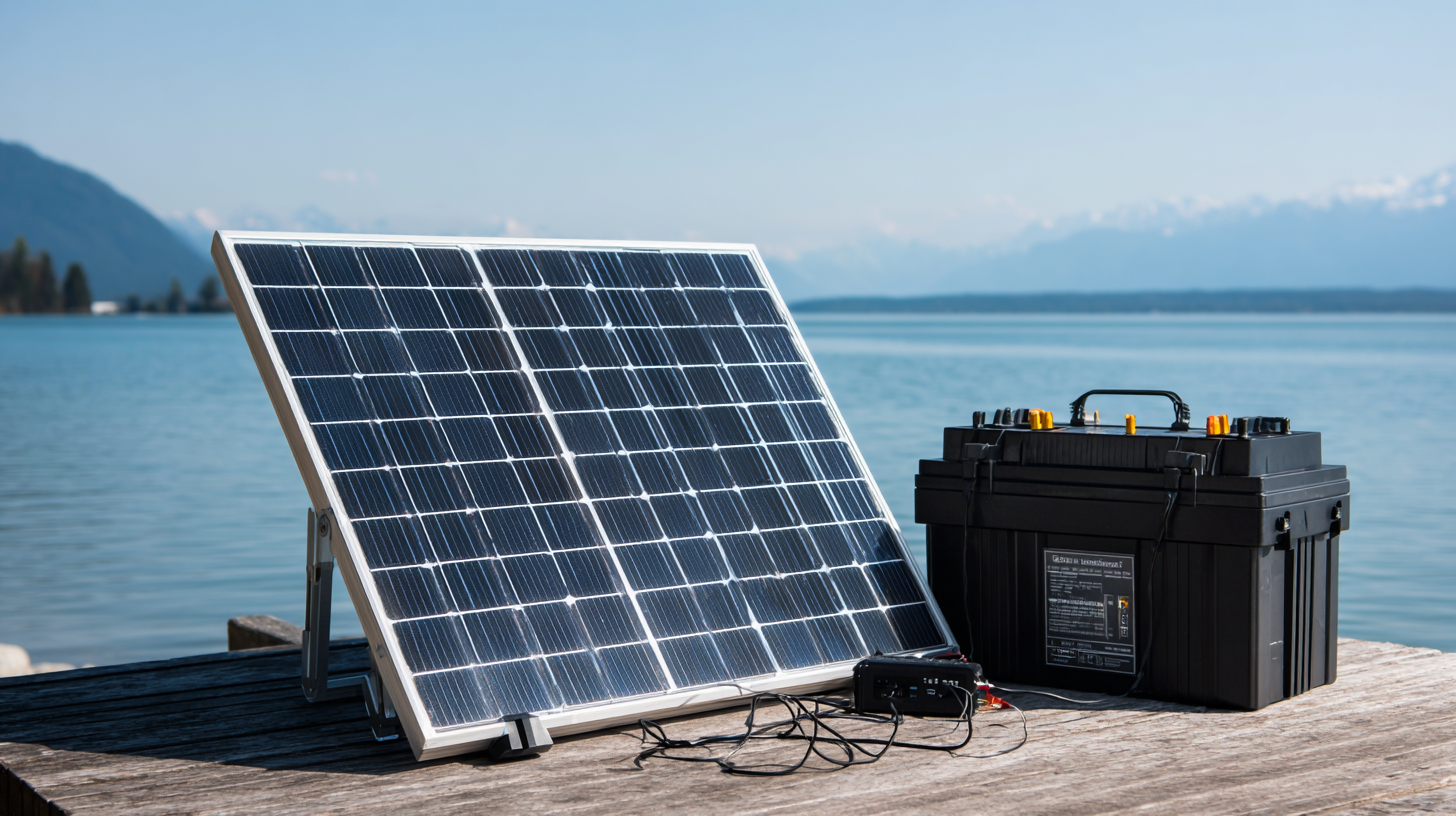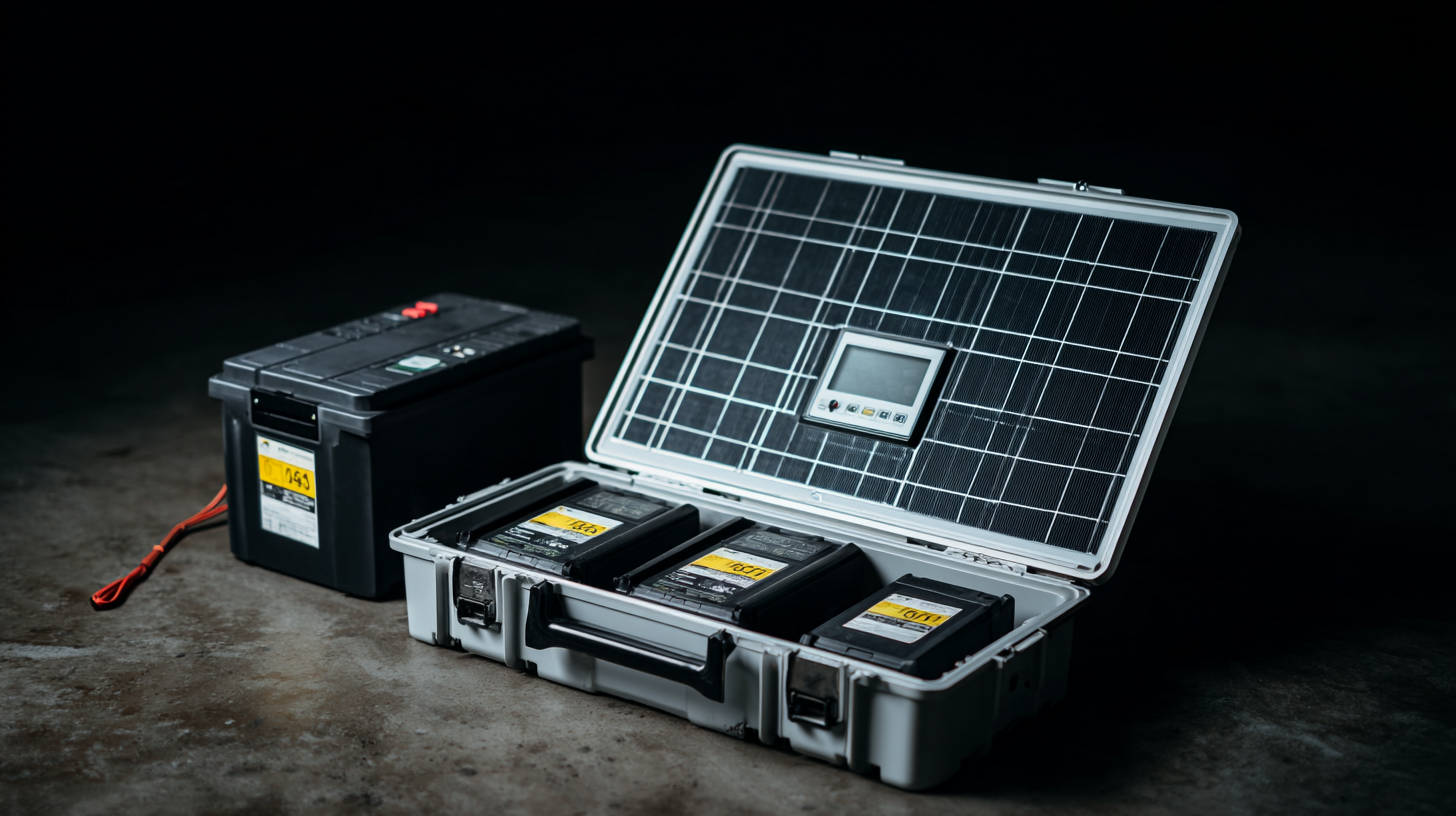ALL PRODUCTS
- Solar Panel
- Hybrid Inverter
- Lithium Battery
GSB SOLAR LITHIUM BATTERIES
- Gel Battery
- Solar Street Lights
- Pump Inverter
Choosing the right solar panel and battery kit for your energy needs is a crucial step towards achieving energy independence and sustainability. As the demand for renewable energy sources continues to rise, understanding the various options available in the market can be overwhelming. With numerous solar panels and battery configurations, ensuring that you select a kit that aligns with your specific energy requirements is essential for maximizing efficiency and cost-effectiveness. This guide delves into the key factors to consider, including energy consumption, space availability, budget constraints, and compatibility with existing systems. By equipping yourself with the right knowledge and insights, you can make informed decisions that will lead to effective harnessing of solar energy, providing both environmental benefits and long-term savings. Whether you are a homeowner looking to reduce your electricity bills or seeking a reliable power source for off-grid living, selecting the appropriate solar panel and battery kit can significantly enhance your energy strategy.

Understanding your energy consumption needs is crucial when choosing the right solar panel and battery kit. According to the U.S. Energy Information Administration (EIA), the average American household consumed about 877 kWh per month in 2020, which translates to approximately 29 kWh per day. Evaluating your daily energy usage helps you identify the capacity required for both solar panels and batteries. For instance, a household with significant energy consumption may need a solar panel system generating at least 6 kW, complemented by battery storage capable of holding 30 kWh to cover night-time usage and cloudy days.
Moreover, understanding peak energy consumption periods is essential for optimizing your system's design. Reports from the National Renewable Energy Laboratory (NREL) indicate that defining these usage patterns can help in sizing the battery bank and ensuring that it is adequately charged during sunny hours. A tailored approach can lead to not just meeting but exceeding energy requirements, providing a buffer on days with lower solar generation. By closely assessing your energy consumption, you can make informed decisions about the scalability and efficiency of your solar setup, ensuring it aligns perfectly with your lifestyle and energy goals.
When evaluating different types of solar panels, it's essential to understand the various technologies available. The most common types include monocrystalline, polycrystalline, and thin-film solar panels. Monocrystalline panels, known for their high efficiency and space-saving design, are made from single-crystal silicon. They typically offer better performance in low-light conditions, making them suitable for smaller roofs or areas with limited sunlight.
On the other hand, polycrystalline panels are composed of multiple silicon crystals and are generally less expensive but slightly less efficient. They are ideal for larger installations where space is not a constraint. Thin-film solar panels, though not as common, offer flexibility and lightweight properties, making them an excellent option for certain applications like building-integrated photovoltaics. Each type varies in efficiency, cost, and installation requirements, so it’s crucial to assess your specific energy needs and budget while choosing the right solar panel for your system.
When selecting a solar panel and battery kit, it’s crucial to understand the various battery options available for energy storage. The most common types are lead-acid, lithium-ion, and flow batteries, each with distinct advantages that cater to different energy needs.

Lead-acid batteries, although older technology, are cost-effective and reliable for lower capacity requirements, making them suitable for smaller solar setups or backup systems. However, they have a shorter lifespan and require regular maintenance.
On the other hand, lithium-ion batteries are increasingly popular due to their higher energy density, longer lifespan, and lower maintenance needs. They are ideal for larger solar systems that demand efficient and durable storage solutions. Additionally, flow batteries offer scalability and longer discharge times, making them perfect for larger setups but come at a higher cost.
Evaluating your energy consumption patterns, budget, and space limitations will help you select the most suitable battery type that aligns with your solar energy goals.
When selecting a solar panel and battery kit, understanding system compatibility is crucial to ensure optimal performance. First, check the power output of the solar panels and match it with your energy consumption needs. This involves evaluating your daily energy usage and considering peak sunlight hours, which will inform the size and quantity of panels required. Additionally, ensure that the voltage of the solar panels aligns with the battery specifications to avoid incompatibilities that could lead to inefficiencies or damage.
Installation requirements must also be thoroughly assessed. Consider the physical space available for solar panel installation—rooftops or designated ground areas should have minimal shading and sufficient structural integrity to support the panels. Furthermore, review local regulations and permits needed for installations, as these can vary significantly by location.
Proper configuration of the battery system is essential as well; installation must safely accommodate the battery's size and ensure proper ventilation to prevent overheating. By evaluating these factors, you can select a solar panel and battery kit that not only fits your energy needs but is also compatible with your installation environment.
When considering the purchase of a solar panel and battery kit, budgeting is a crucial first step. Understanding the total cost involves not only the upfront price of the solar equipment but also installation expenses and any ongoing maintenance. It's important to create a detailed budget that accounts for these factors while also allowing for potential fluctuations in energy needs over time. Researching various suppliers and comparing their offers can help in finding a solar kit that fits both your financial plan and energy requirements effectively.
In addition to direct costs, exploring financial incentives can significantly influence your decision. Many governments provide tax credits, rebates, and grants for solar installations, which can substantially lower the initial investment. Additionally, some utility companies offer net metering policies that allow homeowners to sell excess energy back to the grid, creating a potential new revenue stream. By leveraging these incentives, you can make a more informed decision on the solar panel and battery kit that aligns with your energy goals while remaining within a feasible budget.







